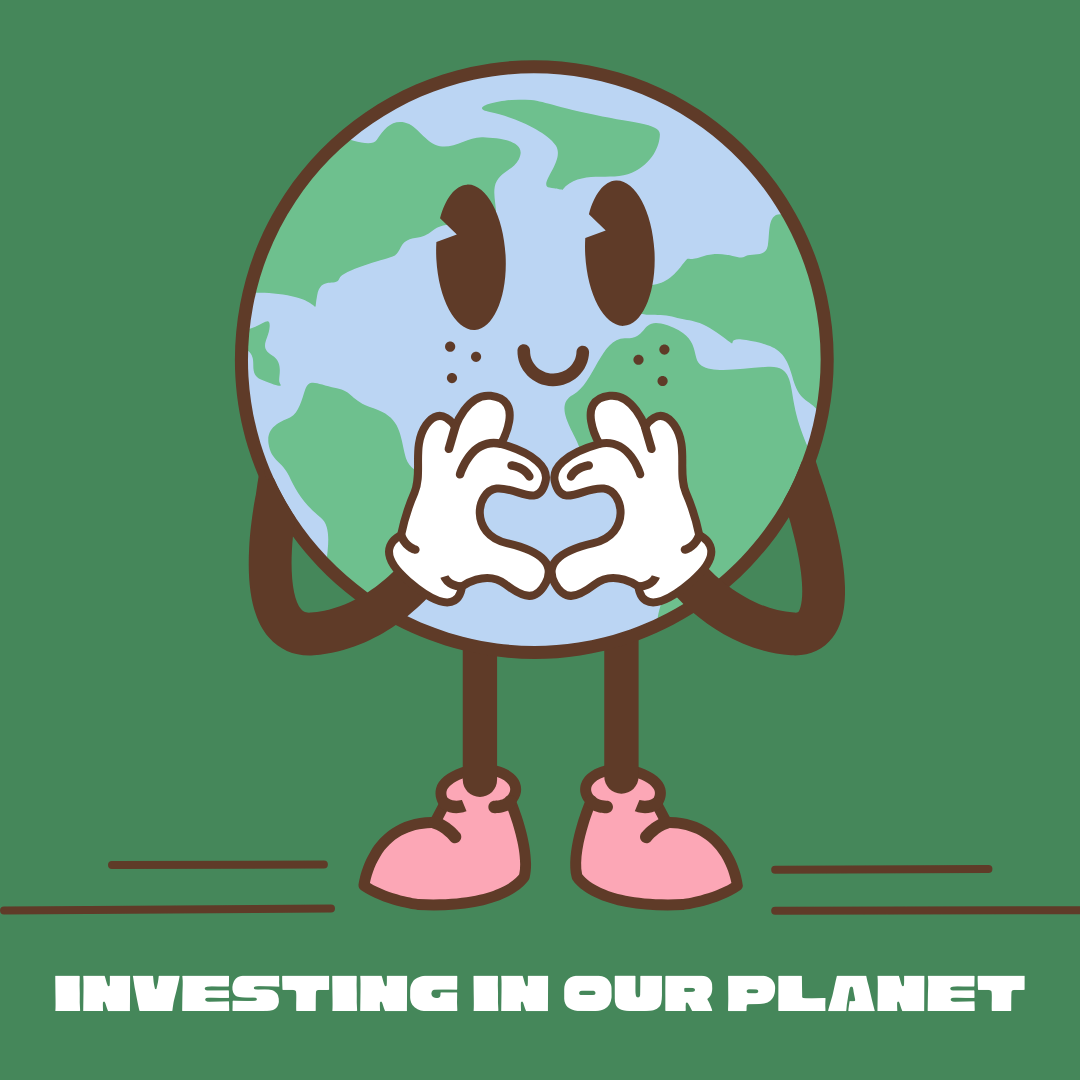Environmental Statement
Our entire museum is saving a vast amount of harmful electronic equipment from landfill, but beyond that, the specific actions we currently take are:
Travel and Transport
We promote the use of public transport/walking/cycling to visitors and staff as much as we can, given that our location in the city means that we’re not always easy to reach.
We allow staff to work from home some of the time to save unnecessary journeys.
We have a team of locally based volunteers and offer remote working options to others to reduce the need to travel to help us.
Energy Use
We keep lights off in office areas that are not in use and have motion sensors in gallery spaces so that displays can switch off when visitors are not nearby.
We shut down staff devices and displays after hours, and use an energy monitoring system. In the past, this has helped us know which areas of the museum are the least energy-efficient and has enabled us to take steps to reduce usage.
In 2023, we replaced our classroom, foyer and office lights with LED bulbs which use less energy.
We strive to be a paperless office, keeping printing to a minimum and storing documents in the cloud.
Our website is hosted using a green hosting provider, verified by the Green Web Foundation. We graded our website using ecograder.com in March 2024, achieving an overall score of 75/100 and aim to improve this year on year.
We are developing our digital collections to reduce the need for travel to engage with our collections and events, while also accepting that our digital carbon footprint must be considered when weighing up the cost of what we do as a museum, including our digitisation projects.
We recycle as much paper, cardboard, plastic, cans, and metals as possible and reuse where we can, particularly in packaging for our retail sales. We no longer sell drinks in plastic bottles in our shop or use plastic tablecloths for events. We recycle our toner cartridges.
We covered the skylights in our main building with UV resistant panels to reduce plastic degradation of our collection, which reduces the amount of particle gas released. It also reduces heat loss from the building.
We reuse display items, such as plinths, for as long as we safely can and when we do replace them, we source UK made products. We also regularly make use of second-hand materials and equipment that is unwanted by other organisations such as the local university.
Outside Spaces
We plant flowers in our outside spaces to encourage wildlife, which are watered solely from harvested rainwater.
Some specific actions we are currently planning/considering for the near future:
We are replacing our energy monitoring system with a new, more efficient version.
We are planning specific projects, displays and events around the environmental impact and potential digital colonialism of the technologies we display. We believe that technology is likely to be part of the solution to the environmental crisis the world faces but also feel that it is important that while we celebrate what technology helps people to achieve, we also make clear the environmental and social cost of those technologies and achievements.
We are considering reducing the number of car park spaces we offer to visitors to discourage private car travel when visiting us.
We will look to install solar panels when we replace the roof of our main building.
We are looking to source more sustainable products for our retail spaces.
We will source energy efficient appliances when replacing equipment.
We will consider green energy suppliers/tariffs when our current contracts expire.










